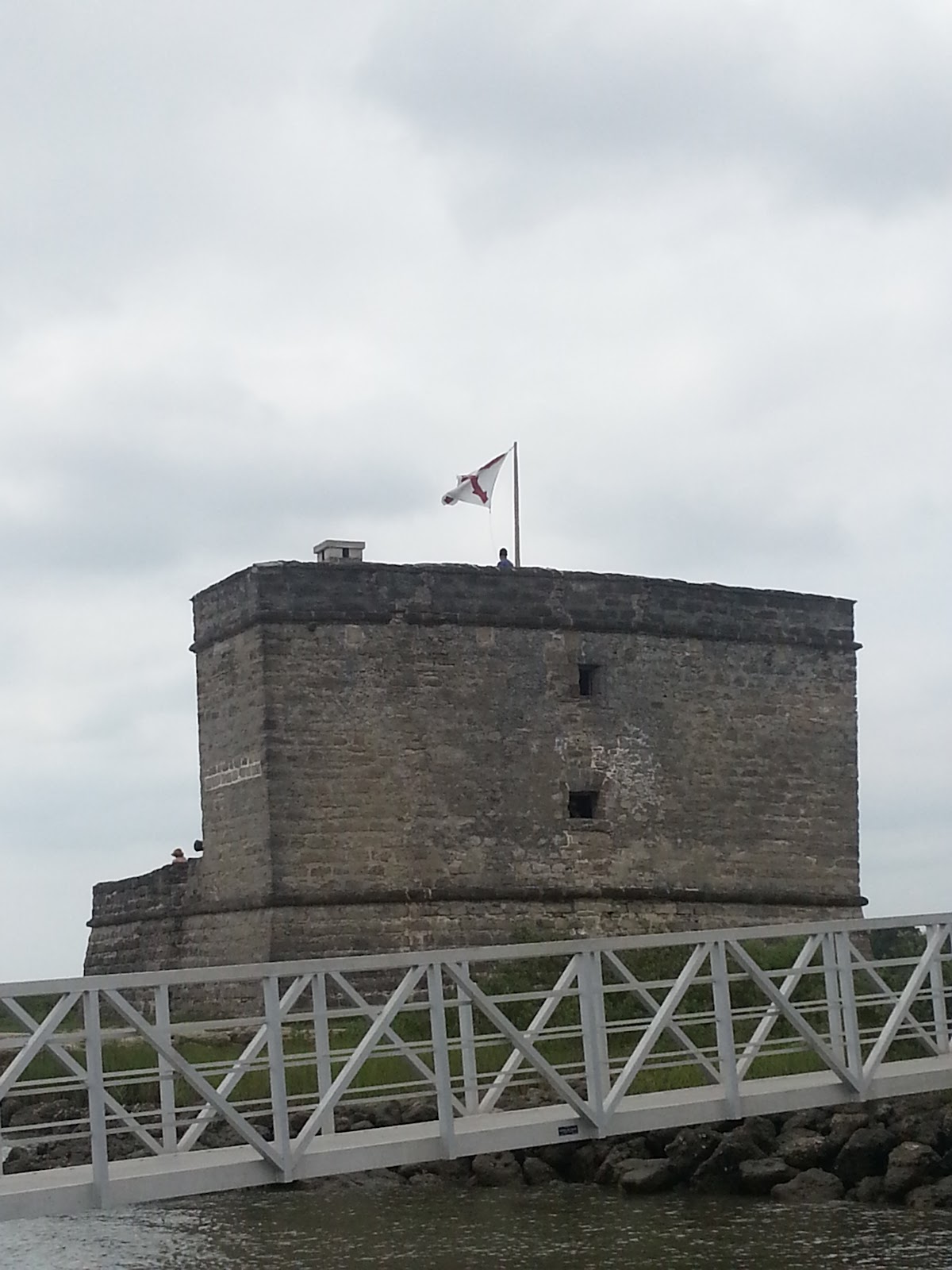Just before the start of the Daughters of
American Revolution Continental Congress is the Illinois Supper. This is always a well attended event. Our speaker this year was Dr. Sandra
Magnus. Dr. Magnus is the Executive
Director of the National Institute for Aeronautics and Astronautics. She traveled on several space shuttle
missions and lived aboard the international space station for 4 months.
Dr. Magnus gave a very interesting speech
summarizing some of her experiences. She
talked about how what we think we know may not be how it really is. One example that she gave was about
gravity. On her first shuttle mission,
she expected to deal with weightlessness after liftoff, but the true experience
was not as expected. Similar examples
about re-experiencing gravity when whe came back to earth. After spending months in space, she learned
that her body had forgotten how to jump. In her words, "If you don't use it, you will lose it".







































